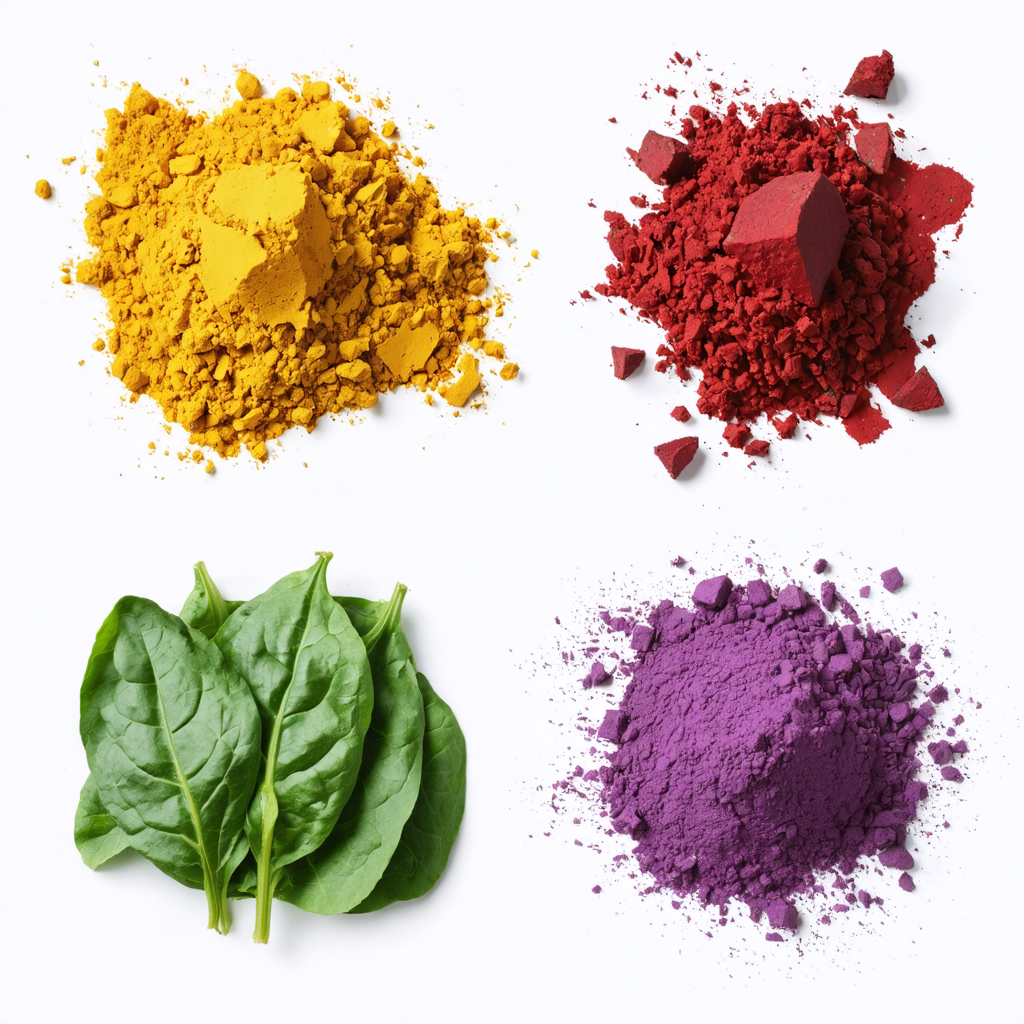Table of Contents
ToggleINTRODUCTION:
In the world of baking, presentation is paramount. The colors of your baked goods can make all the difference, and today’s consumers are increasingly conscious about what goes into their food. As a result, there’s been a surge in interest in natural food colors. These vibrant pigments derived from fruits, vegetables, and other plant sources not only add a pop of color to your creations but also provide peace of mind to health-conscious consumers. However, with this newfound enthusiasm for natural food colors comes a host of questions and concerns. In this FAQ guide, we’ll address the most common queries surrounding these brilliant and health-friendly colorants.
FAQ 1: SHELF LIFE AND STORAGE RECOMMENDATIONS
Q1: HOW LONG DO NATURAL FOOD COLORS LAST, AND HOW SHOULD I STORE THEM?
Natural food colors, unlike synthetic counterparts, may have a shorter shelf life. On average, they typically last anywhere from 6 months to 2 years, depending on factors like the type of colorant and storage conditions. To maximize their lifespan, store them in a cool, dark place, away from direct sunlight and moisture. Airtight containers or resealable bags are ideal for maintaining freshness.
FAQ 2: DOSAGE GUIDELINES AND COLOR INTENSITY
Q2: HOW MUCH NATURAL FOOD COLOR SHOULD I USE, AND CAN I ACHIEVE VIBRANT COLORS?
The dosage of natural food colors depends on various factors, including the desired color intensity, the type of colorant, and the recipe. It’s advisable to start with a small amount and gradually increase until you achieve the desired hue. Keep in mind that natural colors may not be as intense as synthetic ones, but you can often enhance them by using color-rich ingredients like beet juice, spinach, or turmeric as well. Experimentation is key to perfecting your shades.
FAQ 3: POTENTIAL COLOR VARIATIONS AND TROUBLESHOOTING TIPS
Q3: WHAT SHOULD I DO IF MY NATURAL FOOD COLORS DON’T TURN OUT AS EXPECTED?
Color variations can occur due to factors such as ingredient quality, pH levels, and baking temperatures. If your colors are inconsistent, consider these tips:
- Ensure the pH of your recipe is within the colorant’s optimal range.
- Use high-quality colorants from reputable sources.
- Adjust your recipe to account for color variations (e.g., add more color or use color-enhancing ingredients).
- Experiment with different color combinations to achieve the desired hue.
FAQ 4: STABILITY IN DIFFERENT BAKING CONDITIONS (HEAT, PH, ETC.)
Q4: WILL NATURAL FOOD COLORS WITHSTAND HIGH TEMPERATURES AND DIFFERENT PH LEVELS IN BAKING?
Natural food colors can be sensitive to heat and pH changes. To maintain their stability, consider these tips:
- Add colors toward the end of the baking process to minimize exposure to high heat.
- Adjust the pH of your recipe if necessary to optimize color retention.
- Use heat-stable natural colors like caramel, annatto, or beet juice concentrate for high-temperature applications.
FAQ 5: AVAILABILITY AND SOURCING OPTIONS
Q5: WHERE CAN I FIND NATURAL FOOD COLORS, AND ARE THERE ANY SUSTAINABLE SOURCING OPTIONS?
You can find natural food colors in various forms, including powders, liquids, and gels, at specialized baking supply stores, online retailers, or even by making your own from fruits and vegetables. When sourcing, prioritize products that are certified organic, non-GMO, and sustainably produced. Supporting local farmers and artisanal producers can also be an excellent way to obtain high-quality natural colorants.
In conclusion, natural food colors are a fantastic way to enhance the appeal of your bakery creations while catering to health-conscious consumers. Understanding their shelf life, dosing, potential variations, stability, and sourcing options can empower you to create visually stunning and wholesome treats that leave a lasting impression. Experiment, explore, and embrace the colorful world of natural food dyes to take your bakery to the next level of creativity and sustainability. Give us inquiry about natural colors click here.




